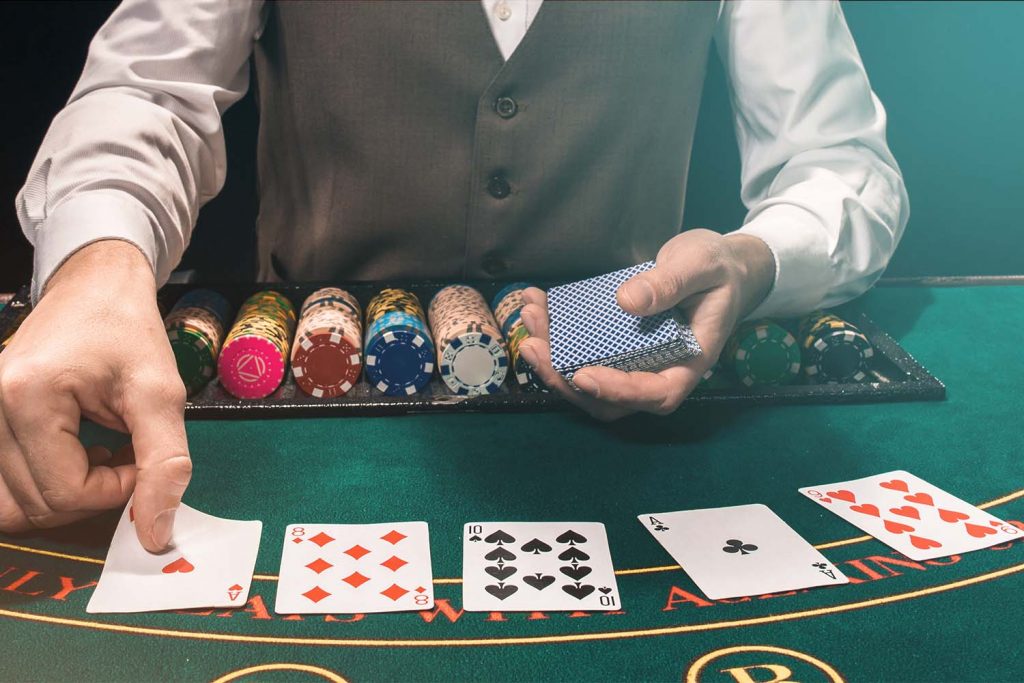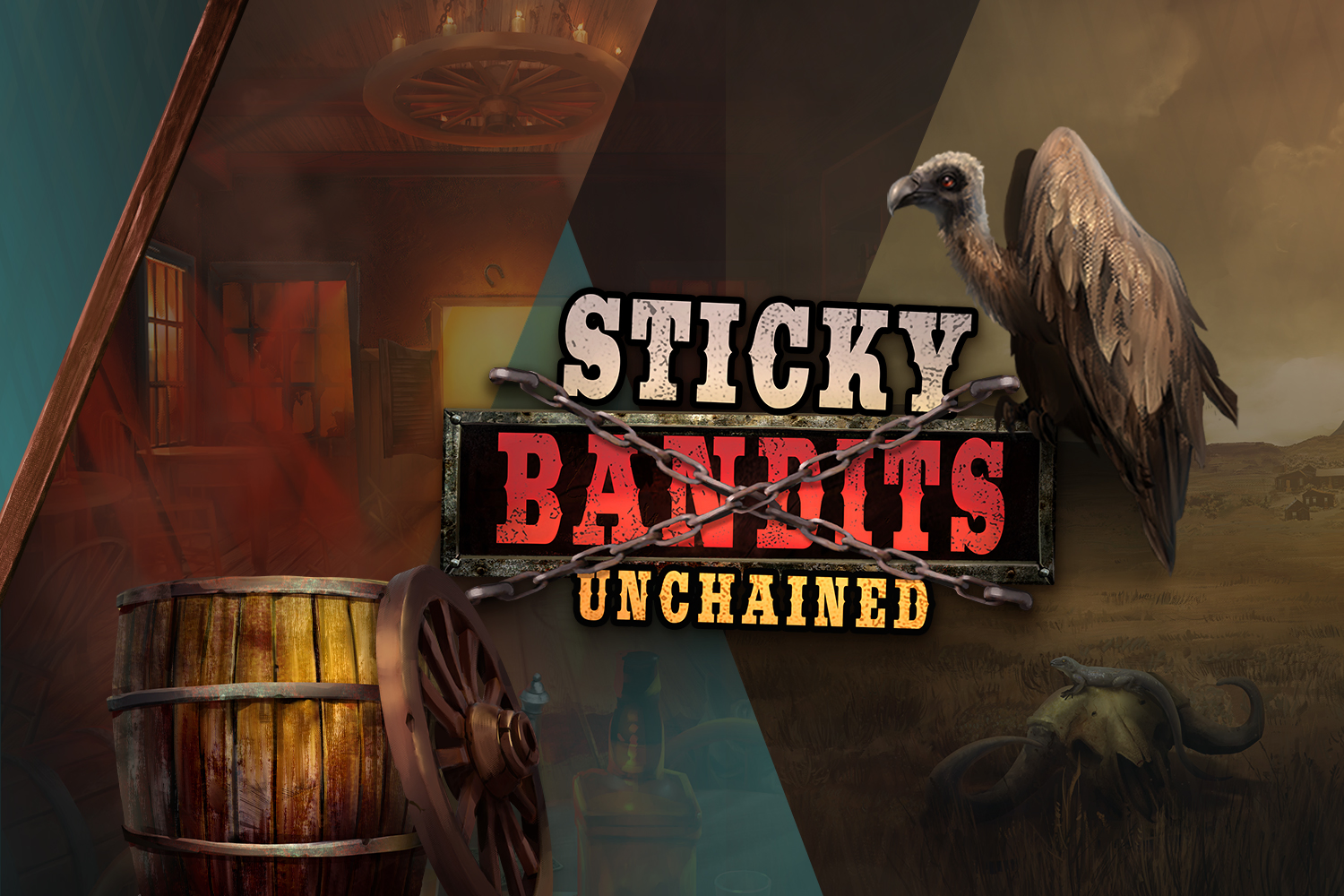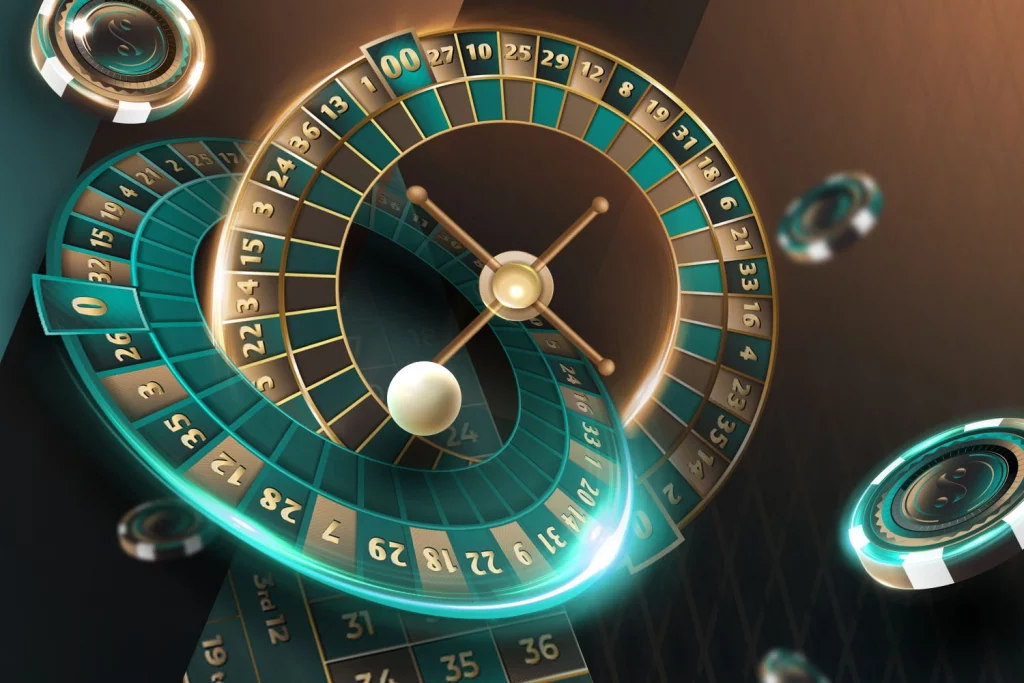Although blackjack is one of the world’s most popular casino games, its origins are still under debate. However, researchers agree that it most likely began in French casinos around 1700. Today, its popularity continues to grow thanks to gamblers who love to play blackjack online.
This guide will introduce you to basic casino blackjack principles, nuances, and methods. With the information in this guide, you can learn how the game works, strategies to use when playing, how the casino has an advantage over players, and much more.
Read on more to find out about this fun and popular game.
Aim of the game
The main aim of a blackjack game is simple. Each player must beat the dealer by getting as close to the sum of 21 as possible without exceeding it.
The pack
In online Blackjack or at a brick-and-mortar casino, we use a normal deck of 52 cards. Mostly, people play it with six to eight decks in a game. The dealer shuffles the cards in every round.
Although there is no restriction to the number of decks you can use in the game, increasing the decks will make the game very complex. Moreover, it would also significantly increase the house edge in the game. Further, if there are four or more decks in the game, the dealer uses a shoe to hold the decks.
Blackjack rules
Because of its enormous popularity, the game has given rise to several variations of the traditional blackjack game available in both land-based and online casinos. It includes Spanish 21, European, Face Up 21, and Perfect Pairs, among others. However, for this guide, we will stick with the blackjack rules you will find in most online casinos across New Zealand.
The rules of the game are straightforward. As previously mentioned, your primary goal is to beat the dealer by forming a hand total of as close to 21 as possible. You will win if your hand total is greater than the dealer’s hand or if they exceed 21. However, keep in mind that if you exceed 21, you lose.
Card values
Blackjack is played at a table with two to seven players and one to eight 52-card decks. All number cards (2-10) are worth the value on them. Face cards such as Queen, Jack, and King are worth 10 points, while Aces can be worth 1 or 11.
Furthermore, if you would like to know more about this topic. Discovering the “soft” and “hard” hands, the Natural Blackjack and more, you can always read further at Blackjack card values.
Dealing
At the start of each round, all participants place their bets in their betting positions, commonly referred to as boxes. After placing their bets, each player receives two cards, one face-up and one face-down. The dealer also gets two cards, one face up and one face down.
Hit or stand
The next stage is to choose whether to hit or stand. If the player hits, they get an extra card. Similarly, they can stand if they don’t want to receive more cards. Although players can hit as often as they like, they must avoid busting. That exceeds 21. If the player exceeds 21, they lose their bet.
After players have revealed their cards, it’s the dealer’s turn. The dealer has the same two choices: hit or stand. If the dealer’s hand is over 21, all players who didn’t bust immediately win, and their bet refunds along with a matching amount from the dealer’s bank.
However, the card values are totalled if the dealer does not bust. The dealer compares its card with the hands of each player. If the player outperforms the dealer, they win. Or, if the player and the dealer tie, the player gets back his original bet. However, if the dealer’s hand is higher than the player’s, the player loses.
Other options in hand
These are the two fundamental moves in this game. Standing or hitting. However, these are not the only two options available. Other options include:
- Split: If you have two similar cards (a pair of 5s, for example), you can split them. The initial wager is placed on one card, and a matching stake must be made on the other. When you split, you play each card as a separate hand. You then receive an additional card from the dealer for each hand
- Double down: If the player’s initial two cards total 9, 10, or 11, they can also choose to double their wager. When it is the player’s turn to bet, they do so with an equal amount to the original bet, and the dealer deals them just one card. This card is dealt face down. When all the stakes have been settled, the player can reveal the card
- Surrender: Players can surrender their hand if they feel they cannot beat the dealers. Here, they can decide to drop out of the hand and forfeit half of their wager
- Bet behind: A bet behind option is where you gamble on other players’ hands. It’s especially popular when tables are occupied.
Difference between a hard hand and a soft hand
- Soft hand: At any point in the game, when you have an Ace in your hand, it is called a ‘soft hand’. The Ace can have a value of 11 or 1, these are the highest and lowest points in the game. According to experts, having an Ace in hand is a perfect card, as it helps keep the hand value below 21. Moreover, among the two cards that you have in your hand, if anyone card is Ace and the other is any numbered or face card, it is called a soft hand
- Hard hand: Firstly, a hard hand is when none of the cards in your hand is an Ace. Secondly, you can have a hard hand when you get an Ace whose value counts as 1 so that the total value doesn’t cross 21.
Blackjack basic strategy
Basic strategy teaches the proper player splitting, doubling, and surrender decisions for all possible card combinations in the game. Its accuracy cannot be questioned because the strategy’s recommended playing decisions are all based on mathematical probabilities and millions of computer-simulated trials.
Different strategies
Winning Blackjack strategies require the player to play each hand optimally, and such strategy always considers the dealer’s up card. Here are a few basic strategies you can use when playing this game.
The basic strategy for surrender
As previously mentioned, this is a strategy in which the player folds the hand while only risking half of the bet instead of the entire amount. When the dealer holds a high card (9, 10, or Ace) and the players have 15 or 16, they should surrender. As a rule of thumb, you should surrender when you have hard totals, and the dealer is in a favourable position with strong up cards.
The basic strategy for split
A pair of aces or 8s should always be split; identical ten-cards should not be split, and a pair of 5s should not be split because two 5 represent a total of 10, which can be used more economically in doubling down. A pair of 4s should also not be separated because 8 is a good number to draw from. Unless the dealer has an 8, 9, ten-card, or ace, 2s, 3s, and 7s can usually be split. Finally, 6s should not be split unless the dealer’s card is weak (2 through 6).
The basic strategy for doubling down
When the player has a total of 11, they should always double down. They should double down with 10 unless the dealer has a ten-card or an ace. Players with a total of 9 should only double down if the dealer’s card is poor (2 through 6).
Other basic strategies to use
Blackjack is a very dynamic casino game in terms of edge. As the dealer removes the cards from the deck or shoe, the advantage shifts between the player and the dealer. Hence, here are some additional basic strategies to keep in mind. You can use them in any blackjack game.
- When your total is more than the value of the dealer’s face-up card, double down on 9, 10, and 11
- Stand on all totals of 17, 19, or 20
- When the dealer has 3 through 6, place a double wager on a soft 17. If not, hit
- Stand on soft 19 against all face-up cards from the dealer
- Never split 5s and 10s
- Splitting aces and 8s is always a good idea
- Double down on soft 18 against the numbers 3 through 6, stand against the numbers 2, 7, or 8, and hit against the numbers 9, 10, and ace
- When the dealer has a 6 or a 5, you can double down on soft 13 through soft 18
- If the dealer has a 7 or more, hit hard 12 through hard 16, otherwise stand
- Hit hard totals of 8 or less.
Reasons to use the basic strategy
Many seasoned players use these strategies since they know it gives them an edge over the casino. These strategies teach players what to do in certain situations.
While using the basic approach doesn’t give players a 100% chance to win a specific hand, it does let them make more intelligent choices. In blackjack, casinos have an advantage because when players bust, the dealer does not have to play their hand. Although this may not appear to be a significant concern, if you play with the same dealer over time, you will lose 53.92% of the time. As a result, understanding the strategies is essential to reducing a casino’s edge.
How to apply basic strategy correctly
As was previously mentioned, using a basic strategy is an excellent way for players to minimize long-term losses. Players must invest time and effort to understand how it works.
Another aspect for players to remember is always sticking to their plan throughout the game. Some players lose motivation and quit, which is the worst thing they could do. To understand if a strategy works, you must follow it through.
Even if you have a string of bad hands, you must remember that they will not determine the game’s outcome. In the long run, it will be beneficial to you.
Blackjack cheat sheet
Many successful blackjack players are skilful at making decisions for each hand. They are quite knowledgeable about both the basics and more advanced blackjack tactics. So, if you are new to casino games, it may take some time to perfect these skills.
You may, however, make wise choices at the table even if you lack education or expertise. Furthermore, you can play blackjack like a pro if you know what bets to make and when. So how do you decide which bets to make when you are just starting? In this case, the blackjack cheat sheet comes in handy.
Importance of cheat sheet
The main aim of a casino is to make players lose money over time. However, players constantly explore different strategies and techniques to lower the house edge to make the best of the situation and maximize their chances of winning the game. It is why blackjack cheat sheets have grown in popularity among players.
Overall, the Blackjack cheat sheet is a tool that aims to improve a player’s game and increase their chances of winning large while lowering the house edge. If you have the cheat sheet and know how to utilize it, you can quickly improve your odds of winning.
Blackjack cheat sheet tips
You can improve as a blackjack player by reading the tips the cheat sheet offers. Here are a few tips from the cheat sheet that we recommend players keep in mind.
- If the dealer exposes an 8 or a higher number, it is not advisable to split pocket pairs lower than 8
- Another crucial piece of advice is that splitting tens is never acceptable. It is because the hand is strong, with a total of 20 and close to blackjack (21)
- Remember, a dealer must hit on 16 and stand on 17. However, some casinos will allow the dealer to hit on soft 17. So, play accordingly
- Finally, always split your aces. Moreover, you should also split 8s. The primary reason for having to split your aces is obvious. A hand with two aces gives a total of 12. If you separate them, you have two soft hands, where the odds of you winning further increase.
Potential earnings using the Blackjack cheat sheet
Gambling, as previously mentioned, is a game of chance with a higher likelihood of losing than winning. However, your chances of winning are considerably greater if you have a cheat sheet.
At a blackjack table, every decision you make typically results in either money gains or losses. A cheat sheet can boost your chances of winning by 0.5%. This is a significant amount in the long run.
You win more money over time due to the strategy’s small advantages. However, it’s important to note that the amount you win will depend on how much money you put into playing the game and the stakes you choose.
Blackjack insurance
Players can place an insurance bet if the dealer has an Ace or a 10 face-up. Insurance is a side bet on whether the dealer has a Blackjack. When a player opts for insurance, the payout is 2/1.
For example, you stake $10 on a game. Both the dealer and you are dealt cards. When a dealer has a possible blackjack, you have the option of placing a $10 insurance bet. If the dealer has blackjack, you lose your initial $10 wager, but you win $10 on insurance, so you break even.
Players can opt for an insurance bet before the dealer checks their hole card, which is the card that is face down card.
When to take insurance in blackjack?
If the dealer’s up card is an ace, taking insurance can seem like a good idea because there’s a nearly one-in-three chance their other card will be worth ten. However, most of the time, insurance will probably be a losing wager in the long run.
In a typical game, the probability of the dealer hitting blackjack is 9:4. However, the player’s actual odds of winning an insurance bet vary depending on the number of decks and ten-point cards dealt in the game.
In most cases, the odds are against the player unless they have adequate skills at card counting or can execute the blackjack strategy flawlessly. Professional card counters track how many cards are still in the deck.
Despite what some claim, players who cannot count cards and rely solely on basic strategy should never take an insurance bet. However, an insurance bet can be profitable if you’re in a live casino and know how to count cards.
But, if you are a recreational player who intends to play solely on basic strategy, you should disregard insurance on all hands, including blackjacks. Consider this wager only if you have mastered the art of card counting.
Blackjack card counting
Counting cards in blackjack is complex and certainly not illegal. However, if you can master card counting, you can get an edge over the casinos.
In simple terms, card counting employs a heuristic system to determine the proportion of high cards to low cards in the deck. As a result, a card counter increases its wagers when the deck has a disproportionately high ratio of high cards to low cards. On the other hand, they place smaller bets when there aren’t many high cards in the deck.
The basics behind card counting
All aspects of card counting revolve around odds, probabilities, and keeping track of which cards are currently in play and which must still be in the deck. Each card that leaves the shoe has a value. Because high cards (Ace, 10, King, Jack, and Queen) are advantageous to the player, they have a count value of -1. The player’s advantage is reduced when the deck or shoe has no high cards. The dealer benefits from the low cards (2, 3, 4, 5, and 6). They have a count value of +1 because there are fewer of them left to affect the player after they are dealt. The cards with denominations of 7, 8, and 9 are neutral and have a value of 0.
Turning the running count into a true count
A card counter tallies up the points on each playing card. The cumulative value of these cards equals the current count (RC). Suppose, for the sake of argument, that you start with a hand value of 3, 4, and then draw a King. This adds one to the total. After each game round, you either get a score of zero, a positive number, or a score of minus zero.
A positive running count indicates that there were more low cards in the previous round’s deal. In each situation, the deck or shoe is more likely to yield high cards to the player than low cards.
If the current count is negative, extra low cards will be shuffled into play. That the casino has a statistical advantage. However, when the tally is reset to zero, there are still as many high cards as low cards.
Even though card counters lose more often than they win, they come out ahead financially. This can be done by betting more when the player has a count in his favour (a positive number) and betting less when the house has a count in its favour (negative count).
Conclusion
Even if you’re a complete novice, blackjack is your best casino game. It’s the most straightforward card game to learn how to play. Besides, if you play online blackjack, it is enjoyable and has the best odds in the casino. Moreover, if you’re dedicated to mastering advanced techniques like card counting, you can even learn how to get an edge over the casino. So, choose a nice blackjack table and start playing.
Responsible Gaming
We encourage you to play online thoughtfully and responsibly. At SkyCity Online Casino, we provide our players with deposit limits, time-out sessions, wagering limits, cool-off periods, and even self-exclusion.













